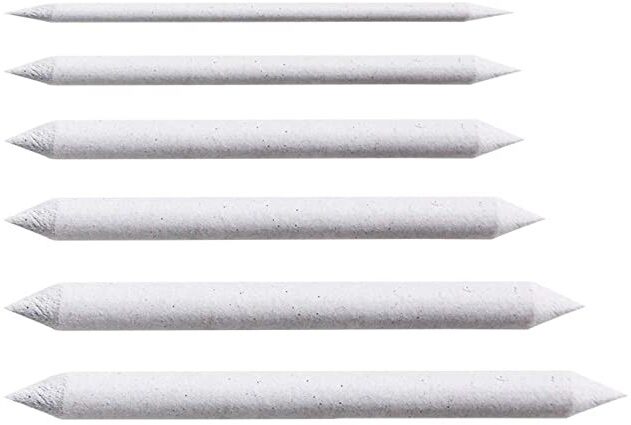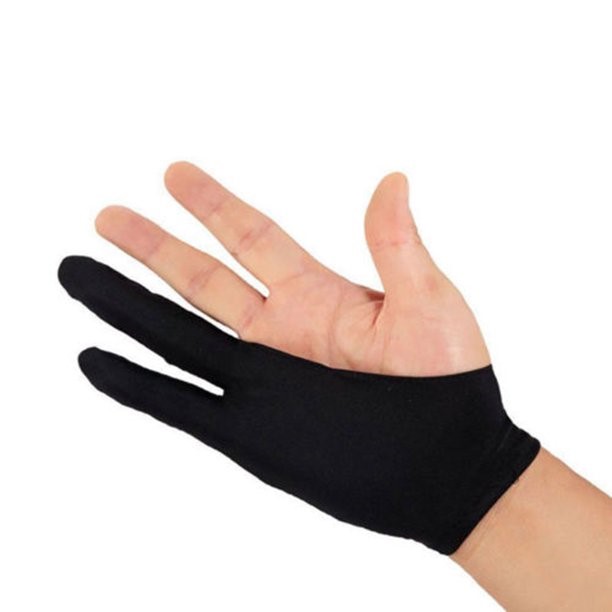Charcoal Drawing
Table to Contents:
1. Why Use Charcoal for Drawing?
2. Types of Charcoal
3. Charcoal Drawing Supplies?
4. Best Techniques for Charcoal Drawing?
5. Advice when Using Charcoal
6. FAQs
Why Use Charcoal for Drawing?
Charcoal is a common art supply used in a very similar way to graphite pencils and chalk pastel. Drawing with charcoal is popular for the following reasons:
· It is very versatile as it could be used for outlining, shading, and blending.
· It gives a dramatic and expressive look to your drawings.
· It comes in a variety of textures, which ranges from soft to hard. This allows for different final results. Less dense or lighter charcoal is great for quick sketching with loose lines. However, darker charcoal is ideal for deep shadows and intense rich lines.

Types of Charcoal
Charcoal comes in three basic forms, which can be used differently since each one has its unique qualities. These include:
· Willow or Vine Charcoal, which is a type that resembles a willow or vine stick, hence the name. It is a soft, more delicate charcoal that is best for quick sketches. You can draw light smooth lines with this type because of how delicate it is. It is so fragile that you can crush it easily between your fingertips. This is why you can use it for lighter values in your drawing, as you cannot draw very dark lines with it, even if you tried to press harder.

·
Compressed Charcoal, which is very common and has qualities similar to chalk pastels. Compressed charcoal is made of powdered charcoal held together by a gum or wax binder, thus making it stick easily to the paper, which results in creamier strokes than the willow or vine charcoal. This type comes in two forms, the pencil and the traditional charcoal stick, which is useful for larger strokes.

· Powdered Charcoal. As opposed to the other two types, powdered charcoal cannot be used for sketching as it cannot be held in hand. Instead, it is mainly applied by using a paintbrush or cloth to be smudged on paper.

Charcoal Drawing Supplies
Other than the charcoal itself, you will need the following:
· Paper: The texture of the paper is the most important factor you need to consider when choosing one for charcoal drawing. Run your fingers on the paper, if you feel little bumps and a teeth-like texture, then that is the suitable type. You should also pay attention to the weight of the paper. Choose a type that weighs at least 100 pounds or 150 grams per square meter (gsm), in order for the paper to absorb all of the layers of charcoal without being damaged. [AMK1]
· An Eraser: As you might know, charcoal is a messy medium. For a clean finish for your drawings, you will need an eraser to get rid of any accidental smudges or unwanted marks.
· Kneaded Eraser: This is a special kind of erasers that you will need for charcoal drawings. It is a soft eraser, which you can stretch into different shapes. You can use a kneaded eraser by dabbing it on the surface of the paper in order to remove excess charcoal powder. It can also be used to make highlights in the drawing by erasing some of the powder after building it up.
Tip: You can clean this type of erasers by bulling it apart and “kneading” it until it returns to its light grey color without creating smudged.
· Chamois Cloth: You will need a cloth to blend the charcoal and keep it away from your fingers, and chamois is the best kind for that.
Tip: Remember to wash your cloths with water and soap regularly.
· Blending Stumps: Another way of blending charcoal without smudging it all over your fingers is using stumps. Smaller stumps are perfect for creating finer details.

· White Charcoal: You can also find this product under the name of white pastel. This is another way of adding highlights to your drawing. It comes in both pencil and stick forms.
· Fixatives: Because charcoal is so dusty, it will not permanently adhere to your drawing paper, which is why you need to use a fixative. Fixatives come in two kinds, workable ones that allow you to draw on the paper again after you apply it, and permanent ones that seal your drawing and should only be used if you are absolutely done with it.
Tip: For health and safety, make sure that your area is well-ventilated when using fixatives.
· Pencil Sharpener: You will need this if you are using charcoal pencils. Sharper tips are perfect for finer, more defined lines.
Note: Charcoal pencils are larger or wider than normal ones, so you should get a sharpener with a wider hole. Also, charcoal pencil tips will break easily, especially if they are sharpened to a very fine point. If you find this to be an issue try using a knife and a sandpaper pad instead.
· A Cotton Glove: Consider wearing a cotton glove to avoid smudging and getting the natural oil from your hands on the paper, which can prevent the charcoal from latching.

Best Techniques for Charcoal Drawing
· Preliminary Sketching: As we mentioned before, softer lighter charcoal is used for making initial sketches. Willow or vine charcoal would be perfect for that. Your initial sketch can be a great starting point for any form on painting or drawing as you can easily remove it with an eraser or cover it with paint.
· Negative Drawing: Charcoal is a material that lifts easily form the paper, that is why you can use a technique called “negative drawing”. This can be done by applying the charcoal on the paper first, then erasing the light or negative values from your drawing – basically drawing with your eraser. A kneaded eraser is ideal to apply this technique.
· Shading: Because of its dark visible strokes, charcoal is perfect for shading and hatching, which means shading by drawing lines that follow the same direction.
Note: Hatching gives the best result when your lines are not blended.
· Blending: This is the most used technique for charcoal drawings. It is achieved by smudging the charcoal to remove the gritty texture, either with a blending stump, a chamois cloth, or simply your finger.
Advice when Using Charcoal
· Experiment with thick and thin lines:
Charcoal is a great tool for achieving thick and thin lines by using different angles and pressure degrees. Lines closer to your light source can be lighter and thus thinner, while lines away from your light source can be darker and thicker.
· Use values to your advantage:
In drawing, a value refers to how light or dark a specific area in your drawing is. Charcoal is the perfect tool for getting the right values as it can vary significantly by applying more pressure for darker values and partially erasing a spot to get a lighter value.
· Hold your charcoal the right way:
Charcoal sticks should be held differently than a pencil or pen. Usually, it is best to hold it between your forefinger and thumb, with your palm facing the drawing surface. This lets you use your shoulders and elbows instead of your wrist for bigger less precise lines.
· Avoid using extremely dark values:
While you might enjoy charcoal because it can achieve a pitch-black value, it actually might be difficult to manage for beginners. Do not use too much pressure when using charcoal, as it may result in unwanted marks and smudging that can be harder to erase or get rid of. It is certainly harder to fix mistakes if you go too dark.
FAQs
· How do I protect my charcoal drawings after I’m done?
This can be done by using a fixative spray, as it sets your charcoal and acts as a barrier between it and the environment.
· Does Hairspray set charcoal drawings?
Actually, yes you can use hairspray as a replacement for a fixative. However, this is not a professional option if you are planning to sell your drawing or exhibit it in a gallery.
· Which is better charcoal or graphite?
Surely, there is no better or worse art material, instead, you can judge by the type or result you want to achieve. While graphite is great for sophisticated, more detailed drawings, charcoal is perfect for getting an extremely dark color and creating easily erased sketches.
· Can I draw with charcoal on canvas?
Definitely! Because canvas is a rough surface, it would make a perfect match for charcoal drawing.
· Can charcoal pencil be erased?
Yes, you can erase charcoal easily form any surface. It might even be easier to erase than graphite pencil.






